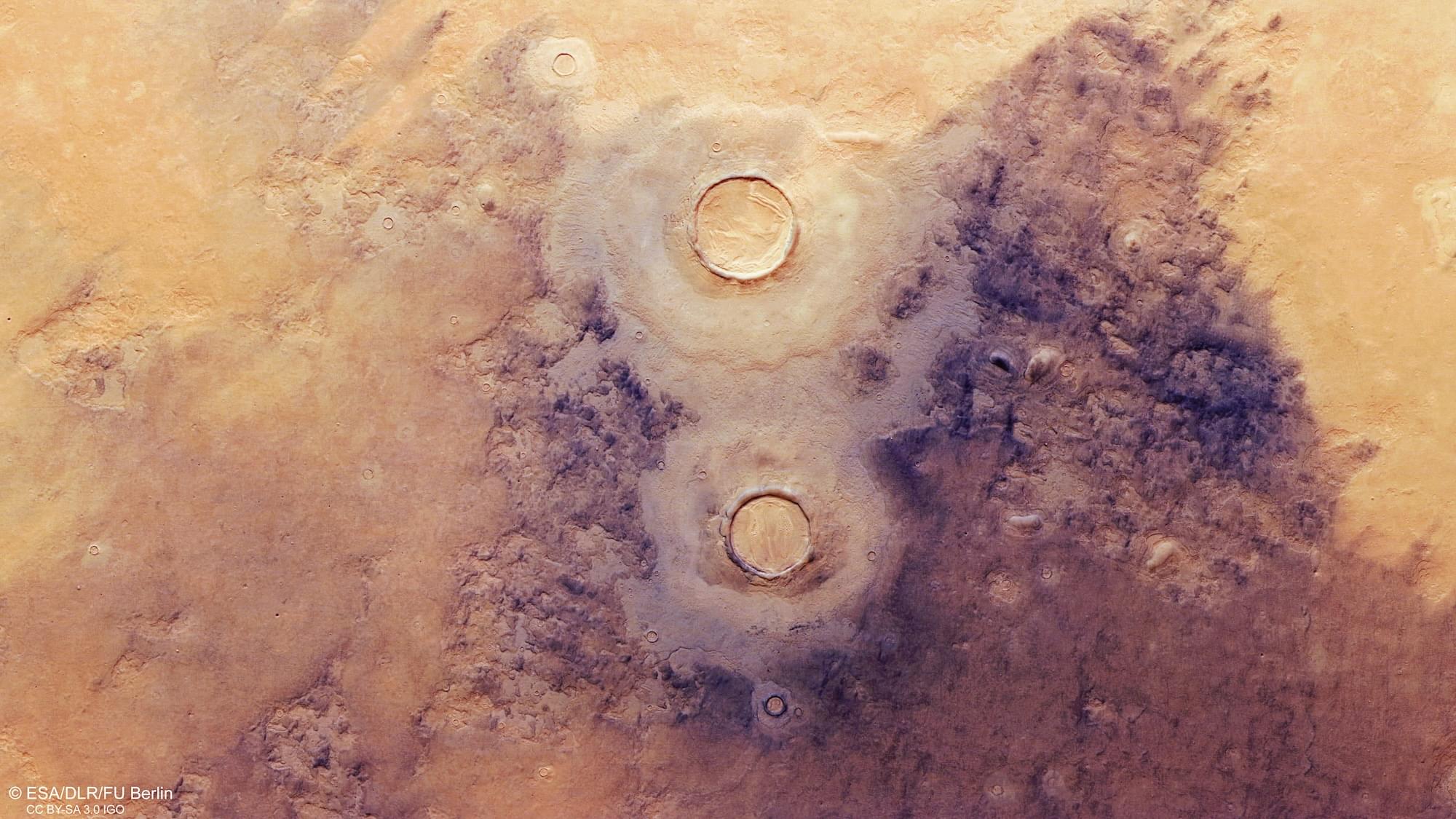Present-day Mars is a barren and inhospitable planet, but it may have once had sandy beaches and tranquil ocean vistas. According to findings published on February 24 in the Proceedings of the National Academy of Sciences, the Red Planet may have remained a vacation-worthy destination for tens of millions of years—while also providing the proper conditions to support microbial life.
The evidence comes from data collected by China’s Zhurong Mars rover, which landed in the Utopia Planitia region of Mars in 2021. Unlike other rovers traversing the planet, Zhurong arrived with high-and low-frequency radar systems that allow it to conduct ground-penetrating scans of the Martian subsurface. After reviewing the rover’s data, an international team, including researchers at Penn State, believe that they have spotted layered structures with remarkable similarities to what can be found all over Earth.
“We’re finding places on Mars that used to look like ancient beaches and ancient river deltas,” Benjamin Cardenas, a Penn State assistant professor of geology and study co-author, said in an accompanying statement. “We found evidence for wind, waves, no shortage of sand—a proper, vacation-style beach.”
